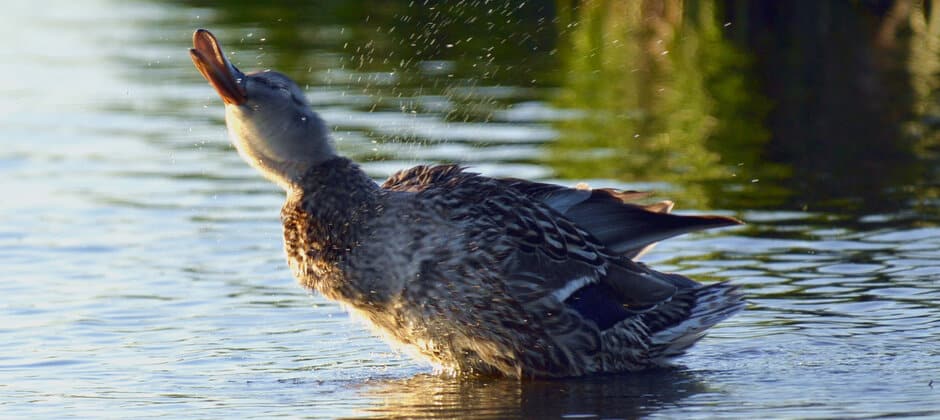Share this article
JWM: Ducks don’t always benefit from added grasslands
Since before the 1990s, managers have been adding perennial grasslands to the Prairie Pothole region to benefit duck nest survival there. But scientists wondered if adding grass cover always benefits the birds.
“Previous research had found basically a relationship where you add grass to a landscape, and of course, birds are going to nest there and do better than if there was a crop field or something,” said Aaron Pearse, a research wildlife biologist with the U.S. Geological Survey and TWS member. “[The finding] got formalized and, in the Prairie Pothole region, that became a prominent management lever managers were pushing.”
But more recent studies weren’t finding that same pattern. “There were others who suggested perennial cover wasn’t the end-all be-all or the only management that could be done,” he said. Pearse wondered in what cases additional grasses helped and in which cases it didn’t. Could there be a better conservation solution?
In a study Pearse led published in the Journal of Wildlife Management, he and his colleagues combined duck nesting data in the region to uncover answers. Some data came from graduate students or other researchers who had conducted work on ducks, while other research was done in the USGS Northern Prairie Wildlife Research Center. “The neat thing about nesting data is there’s really similar, standardized methods used,” he said.
Pearse and his colleagues extracted information like presence of perennial grassland cover, wetland density from waterfowl surveys, and if it was a dry or wet year from the data. Then they estimated how important these things were for nesting success.
They found that while perennial cover was important for ducks, it wasn’t necessarily as important in all places or situations. When perennial cover was added to places where there wasn’t much already, there was a good response in increased nest survival, he said. Similarly, areas that already had a lot of grass cover also benefited.
But, the discrepancy came in the areas in the middle. When 30-60% of the landscape was covered in grass, there wasn’t much of a benefit to nesting ducks when adding more cover. Pearse thinks it has something to do with predators, which are the main reason nests fail. There may be a different mix of predators in these intermediate areas, or it may be easier for predators to find duck nests in grass patches surrounded largely by croplands.
However, Pearse said this doesn’t mean managers should avoid adding grass to these areas. In fact, some research has shown the intermediate areas experience the most loss of grasslands, he said. Additional grass cover may not be beneficial for ducks there, but they are helpful to grassland birds and other species. “I think you’ve got to get back to thinking a little more holistically,” he said. “There are a lot of reasons to protect grasslands in the Great Plains beyond ducks.”
But the findings do provide information on where added grasslands may benefit ducks and can help managers prioritize limited resources. “Our research tells you [adding perennial grasslands] works, but doesn’t always work in the same magnitude,” he said. “It’s not always the same incremental benefit everywhere you do it.”
This article features research that was published in a TWS peer-reviewed journal. Individual online access to all TWS journal articles is a benefit of membership. Join TWS now to read the latest in wildlife research.
Header Image: A mallard hen shakes water off of its back in the Prairie Pothole Region of North Dakota. Researchers found adding perennial cover benefits ducks there the most when the area is completely devoid of grasslands or already has a lot. Credit: Ryan Moehring/USFWS








